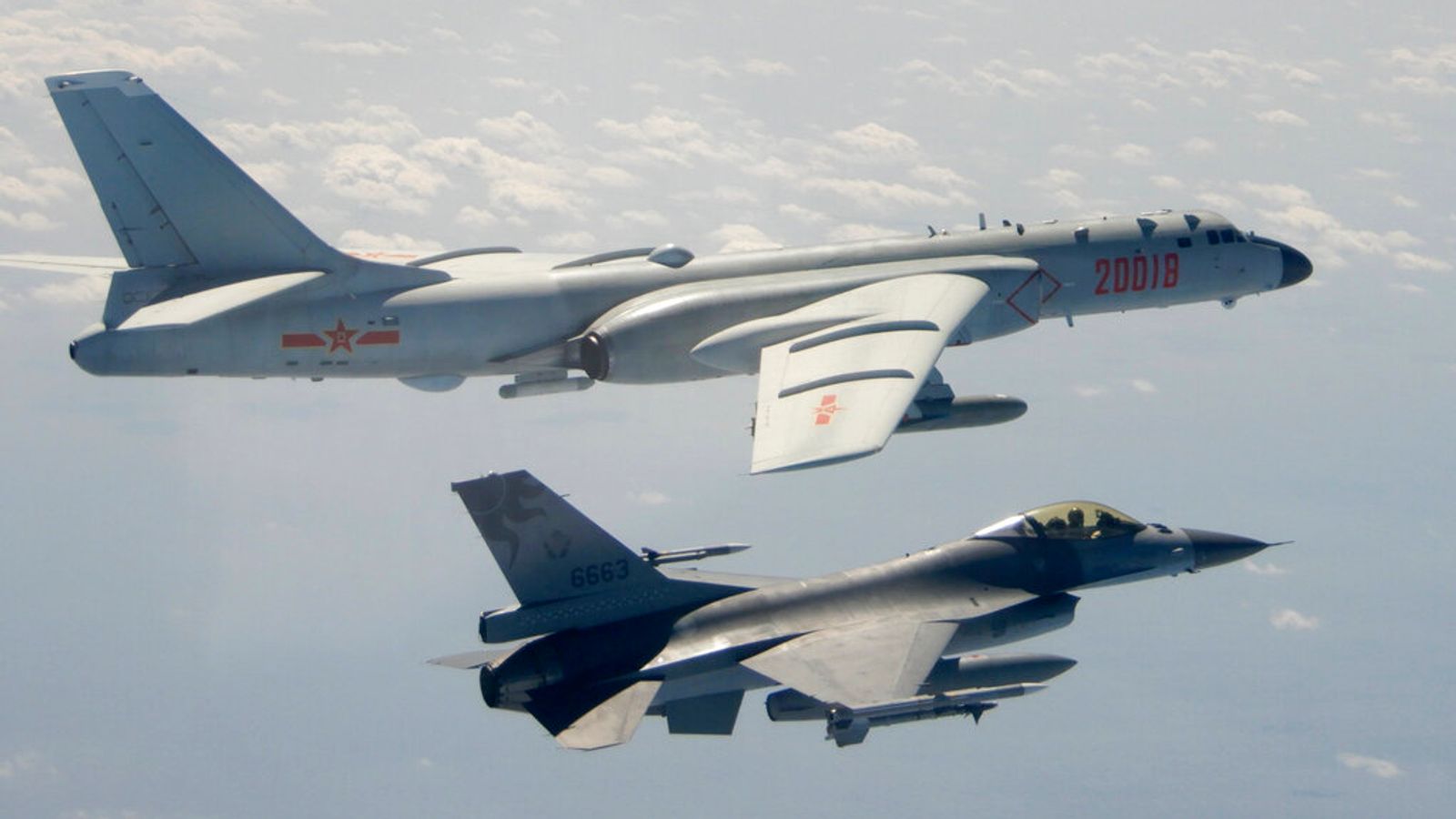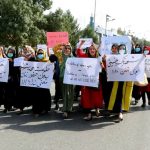China has been increasing its military activities in and around Taiwan, making almost daily forays into the island’s air defence identification zone since September.
And a top US admiral has warned that China could invade Taiwan within the next six years.
Please use Chrome browser for a more accessible video player
What is Taiwan’s status?
Taiwan says it is an independent country called the Republic of China, with its own government, military and elections. The People’s Republic of China insists the island is part of its territory.
But only 15 countries officially recognise Taiwan as a sovereign state and it is not a member of the UN.
Countries including the UK and the US, as well as the UN, maintain only “unofficial” relations with the island.
Why?
At the end of the Second World War, Taiwan, which had been a Japanese colony for 50 years, became part of the Republic of China, under the rule of the nationalist Kuomintang (KMT) government. Civil war between the KMT and the Chinese Communist Party (CCP) followed.
When the CCP, led by Mao Zedong, triumphed, and established the People’s Republic of China, the KMT retreated to Taiwan. They retained the name of Republic of China and installed a strict authoritarian rule. Both the CCP and KMT agreed that Taiwan was part of China but each insisted only they represented its rightful government. Taiwan was backed by the US and a stalemate emerged.
What changed?
In 1971, the UN recognised the People’s Republic of China as the legitimate representative of China and the Republic of China was expelled. In 1979, the US government recognised the People’s Republic of China as the sole legitimate government of China.
However, the US did not recognise Chinese sovereignty over Taiwan – instead it only “acknowledged” China’s position that Taiwan is part of China – the so-called “One China” principle – while not taking a position. Essentially, it was a diplomatic fudge that has lasted to this day.
Why is it a problem now?
By 1996, Taiwan had transitioned from a military dictatorship under the KMT to a full democracy. The contrast in ideology and in governance with the Communist ruled PRC has led to a much greater sense of Taiwanese, rather than Chinese, identity.
The current ruling party, the Democratic Progressive Party (DPP) led by Taiwanese President Tsai Ing-wen argues that Taiwan is an independent country and rejects the one China principle.
In response to developments in Taiwan’s democracy, the PRC passed laws formalising its right to use non-peaceful means if Taiwan tried to “secede” from China. And since President Ing-wen’s election in 2016, and re-election in 2020, China has been increasing its diplomatic and military pressure on the island.
Why could it be a global flashpoint?
Although the US does not official recognise Taiwan, it passed its own law in 1979, the Taiwan Relations Act, which says that Washington will “maintain the capacity… to resist any resort to force or other forms of coercion that would jeopardise the security, or the social or economic system, of the people on Taiwan”.
It is not formally committed to the defence of Taiwan, instead maintaining a “strategic ambiguity” that aims to dissuade Taiwan from declaring formal independence and the PRC from forceful “reunification”
The US has been steadily increasing its ties with the island and President Biden has said American commitment to Taiwan is “rock solid”. That has enraged Beijing, which views Taiwan as purely an internal affair.
The worry is that strategic ambiguity will eventually become unsustainable.






















